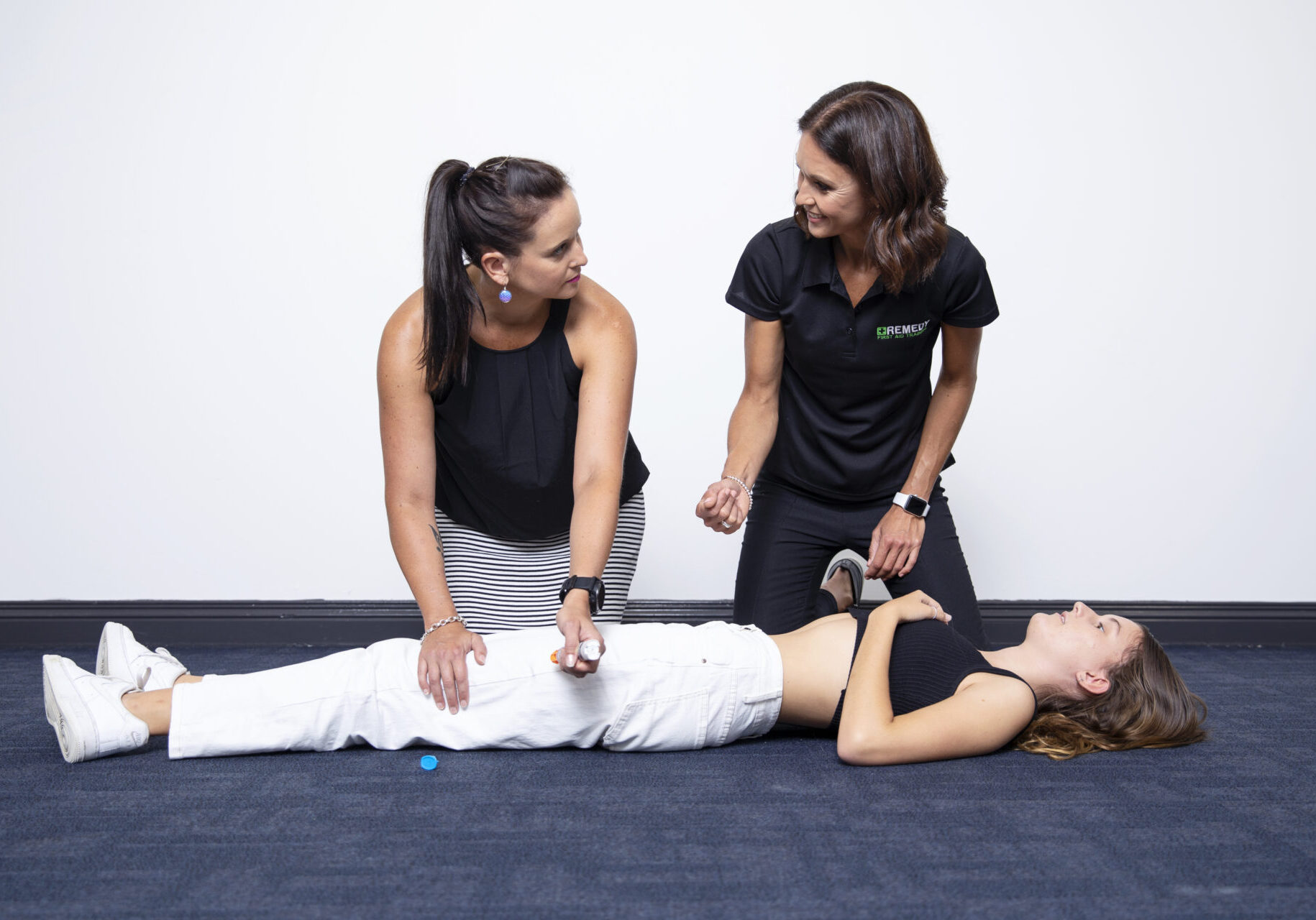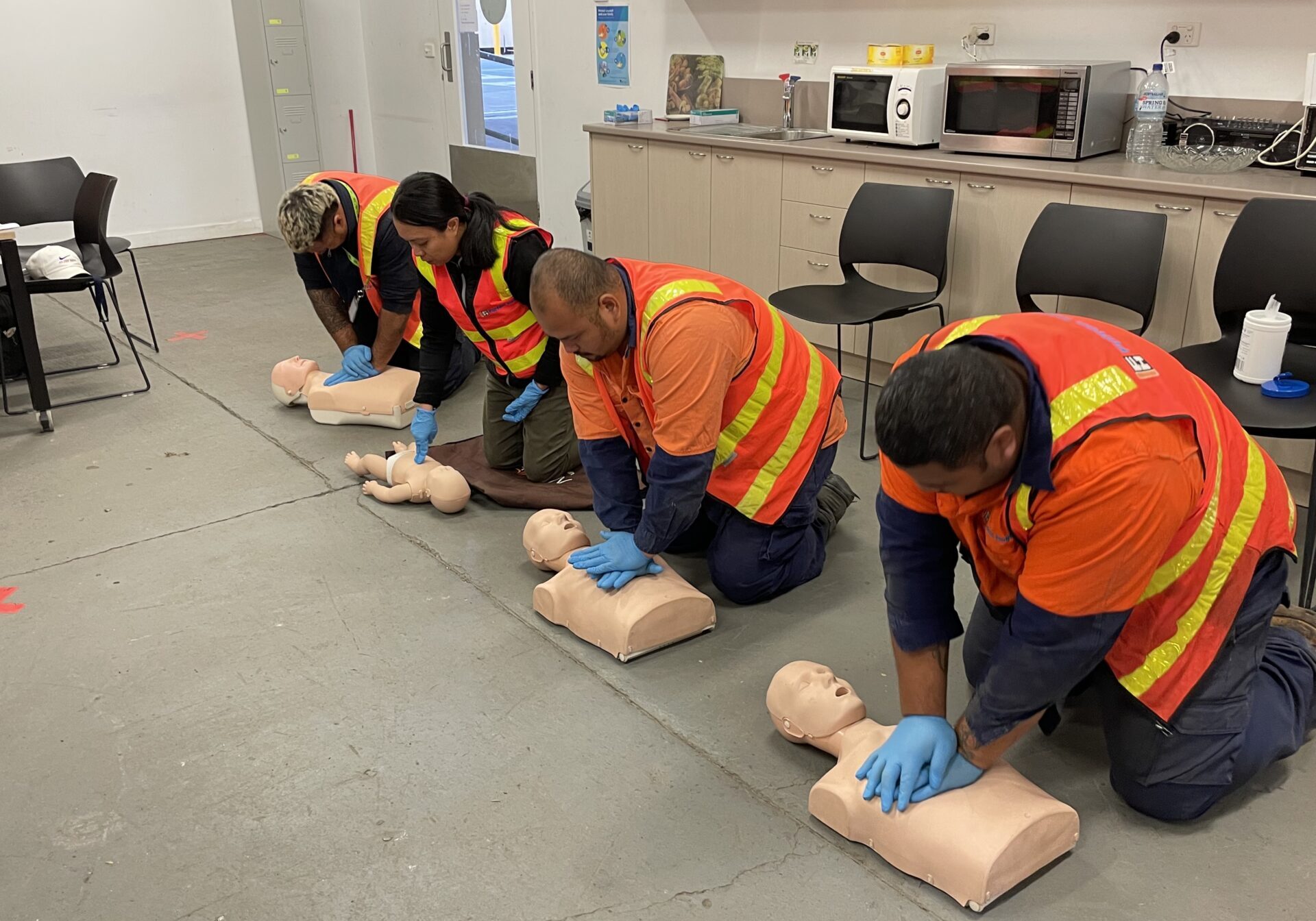Restart a Heart
Restart a Heart Day is recognised on October 16th each year. This initiative aims to provide education and raise awareness on the importance of performing early CPR and defibrillation in the case of cardiac arrest.
25,000 Australians each year suffer cardiac arrest. It can happen to anyone, and can occur suddenly without warning, or as a result of an accident or medical condition… drowning, major trauma, electrocution, allergic reactions, or respiratory problems.
9 out of 10 people who suffer cardiac arrest do not survive.
Read that again… 9 out of 10 people who suffer cardiac arrest DO NOT survive.
How can we reduce this terrifying statistic?
Through increasing awareness, education, and having lifesaving equipment available. For every minute that defibrillation is delayed the chance of survival decreases by 10%. We need more people knowing what to look for, what to do, and having the lifesaving equipment on hand.
The Restart a Heart message is simple – call, push, shock.
These 3 vital steps form part of the chain of survival.
Call for help and for a defibrillator.
Push the chest to perform CPR.
Shock the casualty’s heart using a defibrillator.

To increase person’s chance of surviving a cardiac arrest it is vital that:
- We can recognise what a cardiac arrest looks like and call for help immediately
- We commence CPR as early as possible
- We have access to and use a defibrillator or AED as soon as possible
- The casualty receives advanced medical care from paramedics or doctors as soon as soon as possible
It’s simple, if more people have the required skills and knowledge to perform CPR, along with having access to a defibrillator in the community, the more lives that can potentially be saved.
So ask yourself, would you know what to do if a loved one suffered cardiac arrest?
If the answer is no, then it’s time to learn. Don’t let “if only…” situation happen.
Remember, time is critical when someone has suffered a cardiac arrest, call an ambulance immediately (000), start CPR and use a defibrillator as soon as possible.
Being prepared saves lives. Learn what to do, and where your nearest defibrillator is.
Together let’s reduce this statistic.
Restart a Heart









